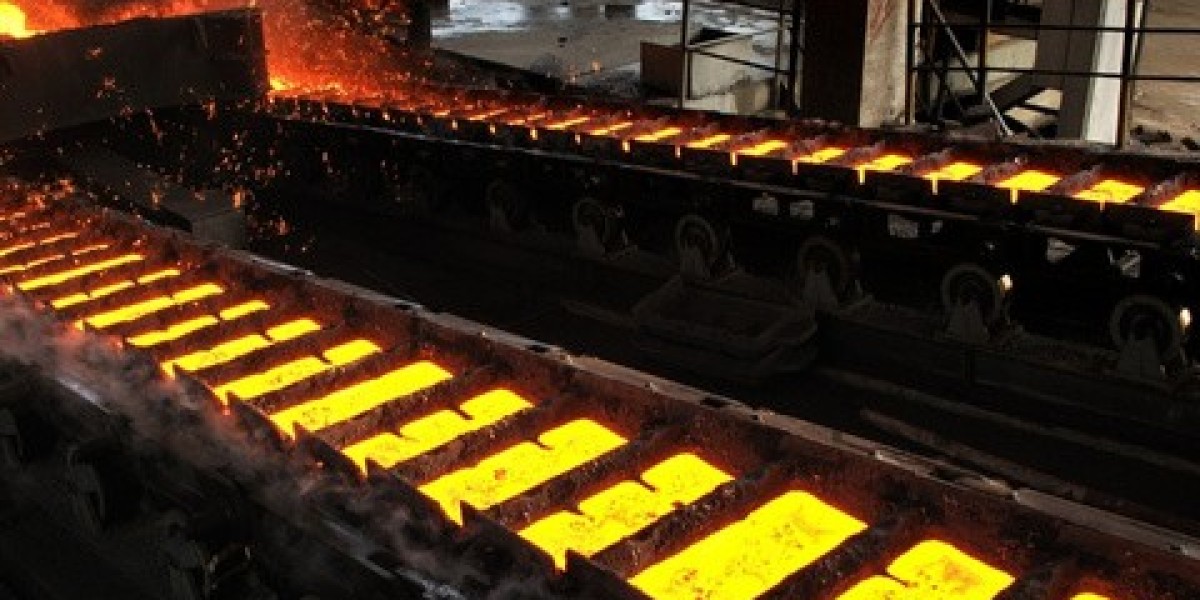Cast iron has been a staple material in manufacturing and construction for centuries, renowned for its durability, versatility, and heat retention properties. From cookware to industrial machinery, cast iron finds applications in various domains. However, not all cast iron is created equal; there are different types, each with its unique characteristics and uses. In this guide, we'll delve into the fascinating world of types of cast iron, exploring its various types and their applications.
Gray Cast Iron: Gray cast iron is the most common types of cast iron, distinguished by its grayish appearance due to the presence of graphite flakes in its microstructure. This graphite provides lubrication, making gray cast iron suitable for applications involving sliding or rubbing surfaces, such as engine cylinder blocks, gearboxes, and brake rotors. Its excellent machinability also makes it a preferred choice for manufacturing components with intricate shapes.
White Cast Iron: White cast iron is characterized by its white, crystalline fracture surface, resulting from the absence of graphite. Instead, it contains cementite, a hard and brittle compound of iron and carbon. Due to its hardness, white cast iron is primarily used in applications requiring wear resistance, such as mill liners, grinding balls, and certain types of rolls in rolling mills.
Ductile Cast Iron: Also known as nodular or spheroidal graphite iron, ductile cast iron exhibits nodular graphite inclusions within its matrix, imparting greater ductility and toughness compared to gray cast iron. This enhanced mechanical properties make ductile cast iron suitable for applications where shock absorption and resistance to bending stresses are essential, such as automotive components, hydraulic cylinders, and crankshafts.
Malleable Cast Iron: Malleable cast iron undergoes a heat treatment process called annealing, which converts its graphite structure into irregularly shaped nodules or temper carbon. This imparts improved ductility and toughness, allowing malleable cast iron to be easily machined, welded, and bent without fracturing. It finds applications in pipe fittings, agricultural machinery, and general-purpose engineering components.
Compacted Graphite Iron (CGI): Compacted graphite iron is a hybrid between gray and ductile cast iron, featuring a unique graphite morphology that combines characteristics of both types. Its high thermal conductivity and excellent mechanical properties make it well-suited for demanding applications in the automotive industry, such as engine blocks, cylinder heads, and exhaust manifolds, where a balance of strength, heat dissipation, and weight savings is critical.
Applications and Considerations: Each type of cast iron offers distinct advantages and limitations, influencing its suitability for specific applications. When selecting a cast iron grade, factors such as mechanical properties, machinability, corrosion resistance, and cost must be carefully evaluated to ensure optimal performance and longevity. Additionally, proper design considerations, including wall thickness, casting geometry, and heat treatment, play a crucial role in maximizing the capabilities of cast iron components.
Conclusion: Cast iron remains a cornerstone material in various industries, thanks to its exceptional properties and versatility. By understanding the different types of cast iron and their respective applications, engineers, designers, and manufacturers can make informed decisions to leverage the unique characteristics of each grade, thereby achieving superior performance and efficiency in their projects. Whether it's enhancing wear resistance, improving thermal conductivity, or optimizing weight-to-strength ratio, cast iron continues to push the boundaries of innovation across diverse fields.








